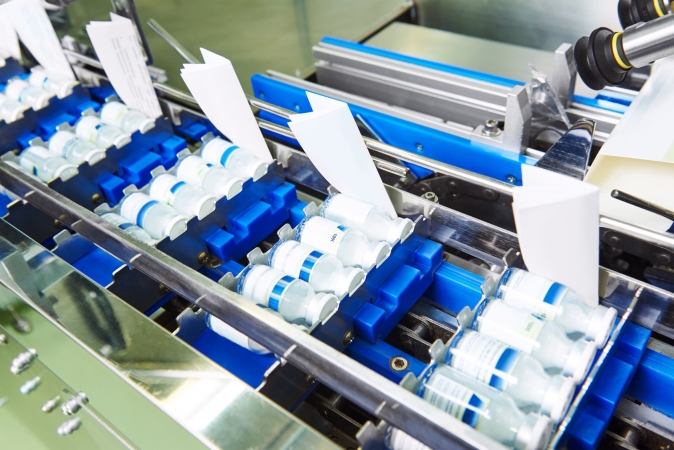Thematic studies
News
Case studies
3 assets to optimise your cold chain logistics

Since our first creation, the Pallet Shipper, our objective has been to ensure compliance with the cold chain for heat-sensitive medicines. As a result, every year a billion dollars worth of vaccines are transported in our insulated shipping containers, so that they can be administered under ideal conditions! What is the secret of this success?
1. Polyurethane, the insulating material of choice
Polyurethane has low thermal conductivity (0.025 W/mK). This form of insulation ensures that products are transported in complete safety on long distance and international journeys. It is highly effective and economical in use.
It is also a flexible material, easier to process than polystyrene. It can be moulded into shapes to suit specific requirements. This means that polyurethane can be used to manufacture specially-designed insulated packaging solutions.
2. ‘Payload’, the winning factor
The term ‘payload’ denotes the ratio between the quantity of products transported and the total weight of the temperature-controlled packaging. At Sofrigam, this ratio is of particular importance, with packaging solutions that are 35% lighter than those of our competitors. “With a similar external size and equivalent performance, we offer insulated shipping packaging solutions with 20% greater payload”, asserts Laëtitia Perche, Group Marketing and Communications Manager. This is explained, in particular, by the use of polyurethane.
In addition, the accessories supplied with the containers to ensure that they are easier to use reduce the preparation time by up to 50%. This is a significant contribution to optimising cold chain logistics!
3. Three-way collaboration, a deciding factor in cold chain logistics management
We encourage three-way collaboration between laboratories, logisticians and the suppliers of packaging solutions. Genuine collaboration ensures that packaging solutions are adapted to suit actual logistical requirements. “It is up to the logistician to ensure that the package is delivered in satisfactory condition within 48 hours. We also encourage the laboratories to place sensors in their containers in order to ensure that the temperature profiles they have requested from us are consistent”, notes Laëtitia Perche.
These 3 factors allow us to guarantee the design and manufacture of efficient and inexpensive insulated packaging solutions. However, they are of little use without a strategy for the continuous improvement of manufacturing skills: our staff are working on this aspect!